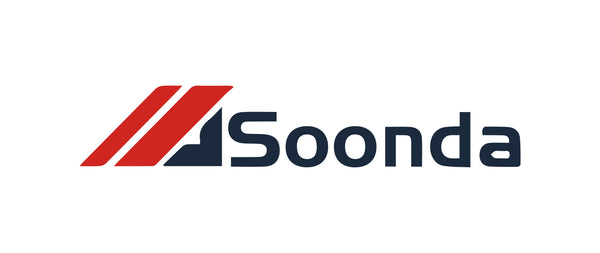How to Compare Laser Engraving Machines for Different Applications
Share
As an e-commerce business owner specializing in the sale of Ortur, Aufero, and DAJA laser engraving machines, it is important to understand the different factors to consider when comparing these machines for various applications. With so many options on the market, it can be overwhelming to determine which machine is the best fit for your specific needs. In this article, we will discuss the key points to consider when comparing laser engraving machines, so you can make an informed decision for your business.
Key Factors to Consider
When comparing laser engraving machines, there are several factors that should be taken into consideration. These factors include price, power, speed, size, and software compatibility. Let's take a closer look at each of these key factors.
Price
Price is often the first thing that most people consider when purchasing a laser engraving machine. While it is important to stick within your budget, it is also important to keep in mind that cheaper machines may not have the same quality and capabilities as more expensive machines. It is important to find a balance between price and features to ensure that you are getting the best value for your money.
Power
The power of a laser engraving machine is measured in watts, and it determines the strength and depth of the engraving. The higher the wattage, the more powerful the machine will be. This is important to consider when working with different materials, as certain materials may require a higher wattage for optimal results. For example, wood may require a lower wattage compared to metal or plastic. It is important to choose a machine with a wattage that is suitable for the materials you will be working with.
Speed
The speed of a laser engraving machine is measured in inches per second. The faster the machine, the quicker it can complete a project. However, it is important to note that the speed of a machine can also affect the quality of the engraving. A slower machine may produce a higher quality engraving compared to a faster machine. It is important to find a balance between speed and quality to ensure the best results for your projects.
Size
The size of the laser engraving machine is another important factor to consider. If you plan on using the machine for small, intricate projects, then a smaller machine may be suitable. However, if you plan on working with larger materials or completing larger projects, then a larger machine may be necessary. It is important to choose a machine that can handle the size of your projects.
Software Compatibility
The software compatibility of a laser engraving machine is crucial for seamless operation. There are various software options available, and it is important to ensure that the machine you choose is compatible with the software you plan on using. This will allow you to easily design and prepare your projects for engraving.
Variations and Related Topics
In addition to the key factors mentioned above, there are a few other important variations and related topics to consider when comparing laser engraving machines. These include the type of laser (CO2 or fiber), the type of engraving (vector or raster), and the depth of engraving.
Type of Laser
There are two main types of lasers used in engraving machines: CO2 and fiber. CO2 lasers are more commonly used for engraving on materials such as wood, plastic, and paper. Fiber lasers, on the other hand, are better suited for engraving on metals. It is important to choose the type of laser based on the materials you plan on working with.
Type of Engraving
There are two types of engraving: vector and raster. Vector engraving is used for cutting or engraving outlines, while raster engraving is used for filling in areas with a pattern or image. Most laser engraving machines are capable of both types of engraving, but it is important to confirm this when comparing machines.
Depth of Engraving
The depth of engraving refers to how deep the laser can cut into the material. This is important to consider when working with materials that require a certain depth for the desired effect. Some machines may have a limited depth of engraving, so it is important to check this before making a purchase.
Conclusion
In conclusion, when comparing laser engraving machines for different applications, it is important to consider the price, power, speed, size, and software compatibility. It is also important to take into account the type of laser, type of engraving, and depth of engraving. By carefully considering these factors, you can choose the best laser engraving machine for your business needs.
